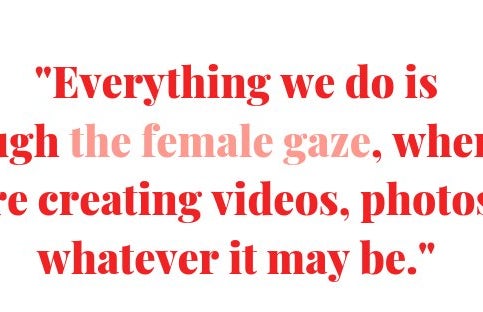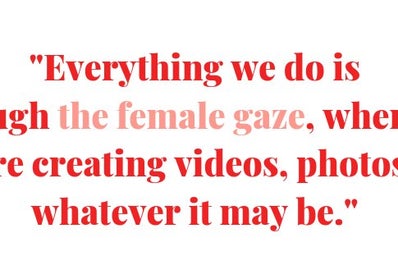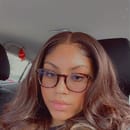In the novel, Black Looks: Race and Representation, Bell Hooks writes about Black women employing an oppositional gaze in society. The oppositional gaze is described as the power of looking as contrast to gaze in general. Eye-contact can represent the hierarchy of power and privilege and establishes inferiority and domination. Black women use the oppositional gaze for a number of reasons including resistance, contest, interrogation, seriousness, dislike, awareness and much more. The gaze is shown through the media’s representation of Black women, especially in Hip Hop. Black female Hip Hop artists often use it to establish their independence and domination over a male-dominated industry.
For example, Beyoncé uses the oppositional gaze in a music video for her song, “Kitty Kat” in 2006. The video shows several close ups of Beyoncé’s eyes, lips, and hips. She sings while stretching and crawling on the floor, almost as if she is mimicking a cat that is on the prowl for its prey. Beyoncé’s eye-contact throughout the video demonstrates her strength and independence as a Black woman. Her song, “Kitty Kat” expresses her ability to move on from a man that doesn’t cherish her, especially her sexual parts. By using the oppositional gaze, she is establishing her self-worth, confidence to move on, and sex appeal. This example of oppositional gaze is simply empowering and that’s what Beyoncé’s artistry encourages.


